Article Contents
windsock working and importance
In the realm of aviation and meteorology, a seemingly simple yet highly effective tool takes center stage – the windsock. With its vibrant colors and distinctive shape, the windsock silently communicates valuable information about wind direction and intensity. This unassuming device plays a crucial role in various industries, from aviation and shipping to construction and outdoor activities. In this article, we will delve into the workings and significance of windsocks, highlighting their vital contributions to safety and efficiency.



A wind sock, also known as a wind cone, wind sleeve, or wind direction indicator, is a cylindrical fabric tube, typically tapered and open at both ends. Its primary purpose is to visually indicate wind direction and provide a rough estimate of wind speed. Windsocks are constructed using durable and lightweight materials such as nylon or polyester, allowing them to respond quickly to even the slightest breeze.
Working Mechanism
The functioning of a wind sock is based on a simple principle of fluid dynamics: wind flow and pressure differentials. When wind blows into the open end of the windsock, it fills with air, causing the fabric to inflate and align itself with the wind direction. The tapered design allows for a more accurate indication of wind angle, as the narrowing end ensures that the fabric is more responsive to the wind.
Additionally, the wind sock’s material is carefully selected to strike a balance between rigidity and flexibility. This enables it to maintain its shape while also being pliable enough to react swiftly to changing wind patterns. The coloration of windsocks is usually in bright hues, enhancing visibility in various weather conditions.
Importance of Wind socks
- Aviation Safety: Wind socks play a critical role in ensuring safe takeoffs and landings at airports and helipads. Pilots rely on wind direction information provided by windsocks to make informed decisions about approach angles, runway selection, and landing speeds. This data is vital for mitigating crosswinds, which can pose significant risks during aircraft operations.
- Nautical Navigation: Wind socks find application in marine environments as well. Ports, harbors, and marinas employ windsocks to assist captains and sailors in determining wind conditions before setting sail. This knowledge is essential for charting courses, setting sail plans, and ensuring the safe maneuvering of vessels in harbors or tight spaces.
- Construction Sites: Wind socks are often seen adorning construction sites, where they aid in ensuring worker safety. They serve as a valuable visual tool for crane operators, alerting them to the prevailing wind conditions. This information allows them to make informed decisions regarding lifting operations and the stability of tall structures.
- Recreational Activities: Wind socks are utilized in various outdoor pursuits such as paragliding, kiteboarding, and model aircraft flying. These activities heavily rely on favorable wind conditions for a safe and enjoyable experience. Wind socks provide enthusiasts with an instant assessment of wind direction and strength, enabling them to determine the feasibility of engaging in their chosen activity.
- Weather Monitoring: Meteorological stations and weather enthusiasts use windsocks to supplement their data collection efforts. Wind direction observations aid in understanding local weather patterns, tracking storm systems, and assessing air pollution dispersion. Wind socks provide an easily accessible and visually appealing method for obtaining this information.
windsock specifications
Wind socks come in various sizes and specifications depending on their intended purpose and the specific requirements of the location where they will be used. Here are some common specifications to consider when selecting a windsock:
- Length and Diameter: Wind socks are available in different lengths and diameters to suit different applications. The length typically ranges from a few feet to several yards, while the diameter can vary between a few inches to a couple of feet. Longer windsocks are often used in larger areas such as airports and harbors, where they need to be visible from a distance.
- Material: Wind socks are usually made from durable and lightweight materials such as nylon or polyester. These fabrics are weather-resistant, quick-drying, and can withstand exposure to sunlight, wind, and rain. The material should be strong enough to maintain the wind sock’s shape and vibrant colors while being flexible to respond to wind movements.
- Color: Wind socks are designed in high-visibility colors to ensure easy identification. The most common colors used are orange, red, and white, although other vibrant colors may also be used. The choice of color depends on the application and the background against which the windsock will be placed, aiming for maximum visibility in different lighting conditions.
- Tapered Design: Wind socks are typically tapered, with a wider opening and a narrower end. The tapered design allows for better responsiveness to wind direction, providing a more accurate indication. The narrowing end ensures that the fabric is more sensitive to even subtle changes in wind angle.
- Mounting Hardware: Wind socks require appropriate mounting hardware to ensure secure installation. This may include a metal or fiberglass frame to support the windsock, as well as a swivel system that allows it to rotate freely with changes in wind direction. Mounting options can vary, including poles, brackets, or frames specific to the installation site.
- Windsock Indicator: Some wind socks come with additional features such as a windsock indicator. This is a small vane attached to the windsock that points directly into the wind. It helps in assessing wind speed and provides a visual cue to the observer. The wind sock indicator can be particularly useful in environments where wind speed measurements are essential.
It’s important to consider these specifications based on the intended application and the environmental conditions in which the windsock will be used. Additionally, consulting with reputable wind sock manufacturers or suppliers can provide further guidance and ensure that you choose the most suitable windsock for your specific needs.
People also ask
How does a windsock work?
How do you read wind speed with a windsock?
What do the colors of wind socks mean?
What are the signals of wind sock?
Question: How does a windsock work?
Answer: A wind sock works based on the principles of fluid dynamics. When wind blows into the open end of the wind sock, it fills with air, causing the fabric to inflate and align itself with the wind direction. The tapered design of the wind sock allows for a more accurate indication of wind angle, as the narrowing end ensures that the fabric is more responsive to the wind. By observing the orientation of the wind sock, one can determine the direction from which the wind is blowing.
Question: How do you read wind speed with a windsock?
Answer: Wind socks primarily indicate wind direction rather than wind speed. However, experienced observers can estimate wind speed based on the windsock’s movements. Here are some general guidelines:
- Flaccid or Hanging: When the windsock is hanging straight down with no visible inflation, it suggests very calm or light winds, typically below 3 knots.
- Partial Inflation: When the windsock partially inflates and extends out at an angle, it indicates moderate winds, typically around 4 to 10 knots.
- Full Inflation: When the wind sock is fully inflated and stretched out horizontally, it suggests strong winds, typically above 10 knots. The greater the inflation and the more horizontal the windsock, the stronger the wind speed.
Please note that these are rough estimations, and for accurate wind speed readings, it is recommended to use an anemometer or rely on meteorological reports.
Question: What do the colors of windsocks mean?
Answer: The colors of windsocks are chosen for maximum visibility and can vary depending on regional or institutional standards. However, here are some common color associations:
- Orange: Orange wind socks are often used in aviation and indicate that the area is a mandatory landing zone or helipad. They can also be seen in construction sites or other areas where safety is crucial.
- Red and White: Wind socks featuring red and white color patterns are commonly used in aviation and nautical applications. They serve as a visual signal for general wind direction information.
- Yellow: Yellow wind socks are sometimes used to indicate caution or as a warning signal. They may be employed in areas where additional attention is required due to specific conditions or hazards.
It is important to note that the specific color conventions can vary, so it is always advisable to check local regulations or standards for the precise meaning of windsock colors in a particular context.
Question: What are the signals of windsock?
Answer: Wind socks themselves do not have standardized signals like traffic lights. Instead, they provide continuous visual indications of wind direction through their shape and orientation. By observing the wind sock, the following signals can be inferred:
- Wind Direction: The primary signal provided by a wind sock is the direction from which the wind is blowing. The wind sock aligns itself with the wind, pointing in that direction. For example, if the windsock is pointing straight down, it indicates the wind is calm or blowing directly from below.
- Wind Intensity: While wind socks primarily indicate wind direction, experienced observers can make rough estimates of wind speed based on the windsock’s movements. A fully inflated and horizontal windsock suggests stronger winds, while a limp or partially inflated wind sock indicates lighter winds.
Remember that wind socks are used for visual reference, and accurate wind speed measurements require the use of dedicated instruments such as anemometers or wind gauges.
Conclusion
The humble windsock deformity stands as a testament to the beauty of simplicity and practicality. Its unassuming presence provides vital information that contributes to safety, efficiency, and success across numerous industries. Whether it’s guiding pilots during takeoff, aiding captains in navigation, or ensuring the safety of workers on construction sites, windsocks continue to serve as an invaluable tool for harnessing the power of the wind. So, the next time you spot a windsock dancing in the breeze, take a moment to appreciate the elegance and significance it holds in our modern world.
24 COMMENTS
Comments are closed.







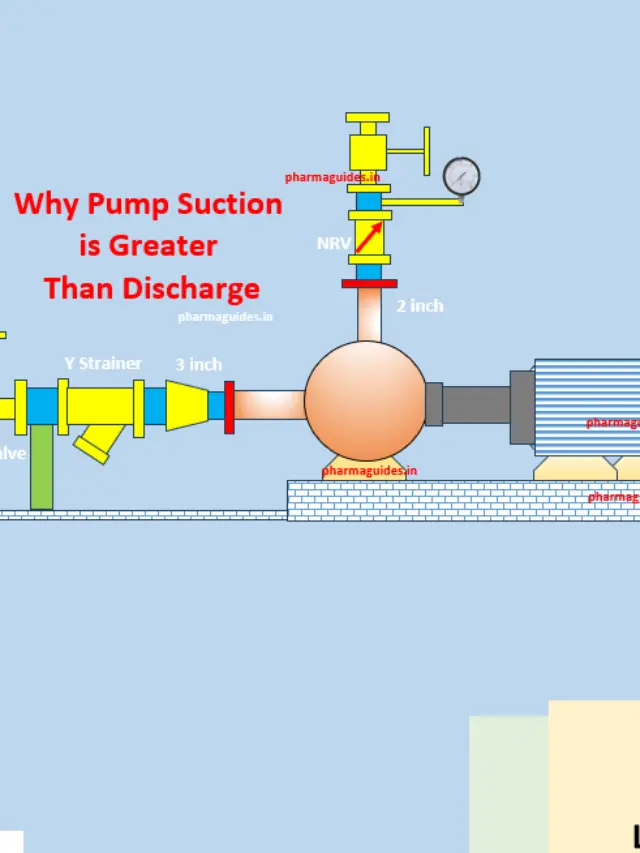
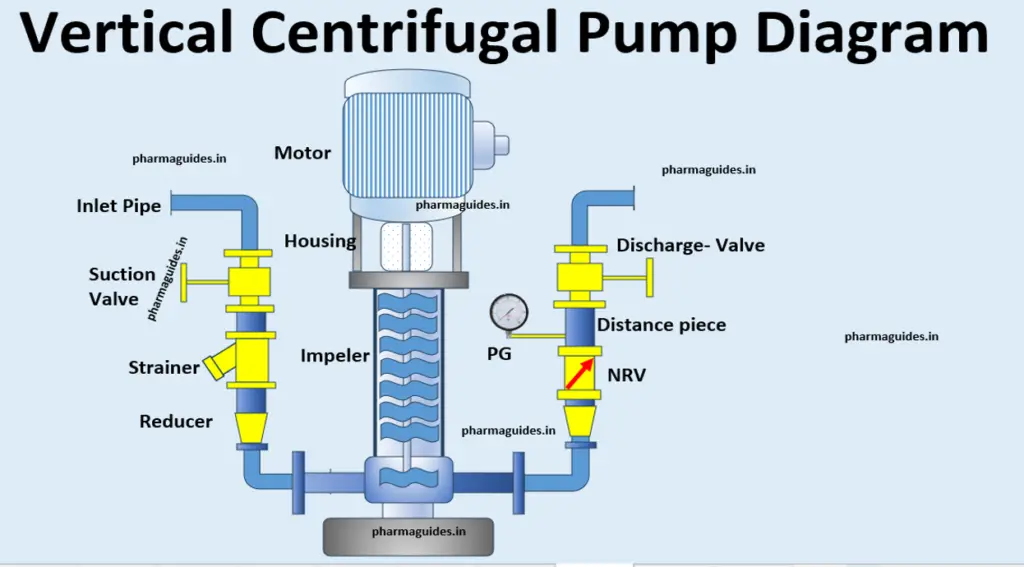
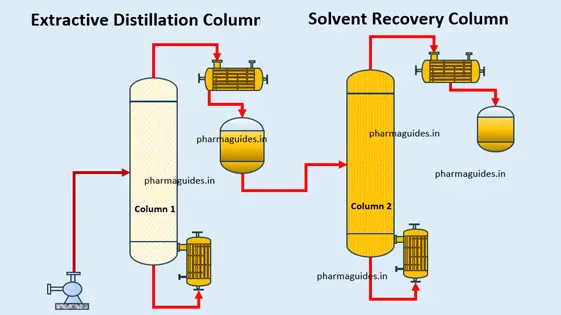
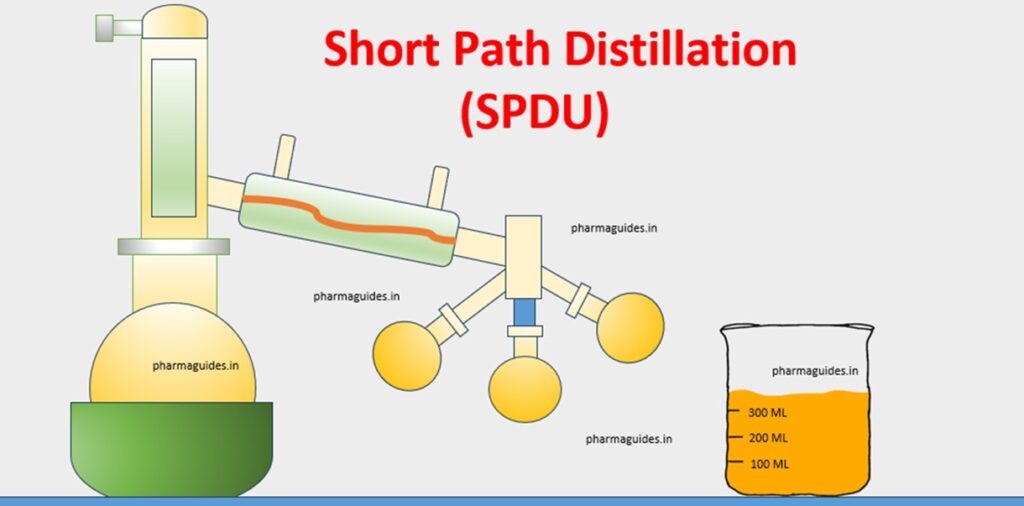
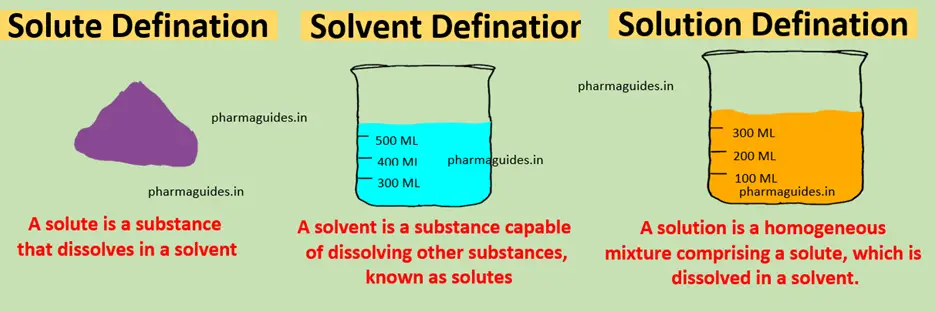

Heya i’m for the first time here. I found this board and I find It really useful & it helped me out much. I hope to give something back and help others like you aided me.
I always was concerned in this topic and still am, regards for posting.
Great write-up, I am normal visitor of one’s web site, maintain up the excellent operate, and It’s going to be a regular visitor for a lengthy time.
Would you be concerned with exchanging links?
I just could not leave your web site before suggesting that I extremely enjoyed the usual information a person provide in your visitors? Is gonna be again incessantly to check out new posts.
I have been examinating out some of your posts and i can state nice stuff. I will surely bookmark your blog.
Unquestionably imagine that which you stated. Your favorite justification seemed to be at the web the easiest thing to take note of. I say to you, I definitely get irked at the same time as other people think about concerns that they plainly do not know about. You controlled to hit the nail upon the top as neatly as defined out the entire thing without having side-effects , other people could take a signal. Will probably be again to get more. Thanks
I like this post, enjoyed this one regards for putting up.
Hmm is anyone else encountering problems with the pictures on this blog loading? I’m trying to find out if its a problem on my end or if it’s the blog. Any feed-back would be greatly appreciated.
We are a group of volunteers and opening a new scheme in our community. Your web site provided us with valuable information to work on. You’ve done an impressive job and our whole community will be grateful to you.
It’s arduous to search out knowledgeable people on this subject, but you sound like you recognize what you’re talking about! Thanks
I’d need to check with you here. Which is not something I often do! I get pleasure from reading a post that may make folks think. Additionally, thanks for allowing me to comment!
Nice read, I just passed this onto a friend who was doing a little research on that. And he just bought me lunch since I found it for him smile Thus let me rephrase that: Thanks for lunch! “We have two ears and one mouth so that we can listen twice as much as we speak.” by Epictetus.
I’ve been surfing on-line more than 3 hours as of late, yet I never found any interesting article like yours. It?¦s lovely value sufficient for me. In my view, if all web owners and bloggers made excellent content as you probably did, the net can be a lot more useful than ever before.
I have not checked in here for a while as I thought it was getting boring, but the last several posts are good quality so I guess I’ll add you back to my daily bloglist. You deserve it my friend 🙂
Appreciate it for this post, I am a big fan of this web site would like to proceed updated.
Perfect work you have done, this site is really cool with good information.
I just like the helpful info you provide for your articles. I’ll bookmark your blog and take a look at again here frequently. I am relatively sure I’ll learn many new stuff right right here! Good luck for the next!
I discovered your blog site on google and check a few of your early posts. Continue to keep up the very good operate. I just additional up your RSS feed to my MSN News Reader. Seeking forward to reading more from you later on!…
I am really enjoying the theme/design of your weblog. Do you ever run into any web browser compatibility problems? A couple of my blog visitors have complained about my blog not working correctly in Explorer but looks great in Safari. Do you have any tips to help fix this issue?
I’d need to check with you here. Which is not one thing I usually do! I get pleasure from reading a submit that may make people think. Also, thanks for allowing me to comment!
I like the helpful information you provide for your articles. I’ll bookmark your weblog and take a look at once more right here frequently. I am moderately sure I’ll be told many new stuff proper right here! Good luck for the following!
I don’t even know the way I ended up here, but I believed this submit was once good. I do not understand who you are but certainly you’re going to a well-known blogger for those who are not already 😉 Cheers!
Highly еnergetic blog, I loved that bit. Will there be a part 2?